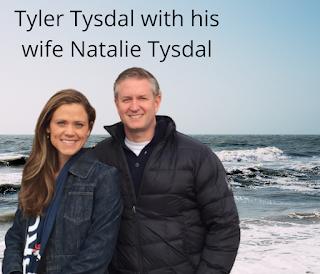To keep learning and advancing your career, the following resources will be practical:.
Development equity is typically described as the private investment technique occupying the middle ground in between equity capital and conventional leveraged buyout techniques. While this might be true, the strategy has actually developed into more than just an intermediate personal investing technique. Development equity is typically referred to as the personal financial investment technique occupying the middle ground between venture capital and traditional leveraged buyout strategies.
This combination of elements can be engaging in any environment, and a lot more so in the latter stages of the marketplace cycle. Was this article valuable? Yes, No, END NOTES (1) Source: National Center for the Middle Market. Q3 2018. (2) Source: Credit Suisse, "The Incredible Diminishing Universe of Stocks: The Causes and Effects of Less U.S.
Option financial investments are complex, speculative financial investment lorries and are not suitable for all investors. An investment in an alternative investment involves a high degree of risk and no assurance can be considered that any alternative mutual fund's investment goals will be achieved or that investors will get a return of their capital.
This market details and its value is an opinion only and should not be relied upon as the just essential information readily available. Information contained herein has actually been obtained from sources believed to be dependable, but not ensured, and i, Capital Network presumes no liability for the details offered. This details is the home of i, Capital Network.
This investment method has assisted coin the term "Leveraged Buyout" (LBO). LBOs are the primary financial investment method type of the majority of Private Equity firms.
As pointed out earlier, the most notorious of these offers was KKR's $31. 1 billion RJR Nabisco buyout. Although this was the biggest leveraged buyout ever at the time, numerous people believed at the time that the RJR Nabisco offer represented completion of the private equity boom of the 1980s, due to the fact that KKR's investment, however popular, was eventually a significant failure for the KKR financiers who purchased the company.
In addition, a lot of the cash that was raised in the boom years (2005-2007) still has yet to be utilized for buyouts. This overhang of dedicated capital avoids lots of financiers from dedicating to purchase new PE funds. Overall, it is approximated that PE firms manage over $2 trillion in properties worldwide today, with near $1 trillion in dedicated capital readily available to make brand-new PE investments (this capital is in some cases called "dry powder" in the market). .
A preliminary financial investment might be seed financing for the company to begin building its operations. In the future, if the company proves that it has a practical product, it can acquire Series A financing for additional development. A start-up business can complete a number of rounds of series funding prior to going public or being gotten by a financial sponsor or tactical buyer.
Top LBO PE firms are defined by their large fund size; they are able to make the largest buyouts and handle the most debt. Nevertheless, LBO transactions are available in all sizes and shapes - entrepreneur tyler tysdal. Overall deal sizes can vary from tens of millions to 10s of billions of dollars, and can take place on target companies in a large variety of markets and sectors.
Prior to carrying out a distressed buyout opportunity, a distressed buyout company has to make judgments about the target business's worth, the survivability, the legal and restructuring problems that may develop (need to the business's distressed possessions need to be restructured), and whether or not the lenders of the target company will end up being equity holders.
The PE company is required to invest each particular fund's capital within a period of about 5-7 years and after that generally has another 5-7 years to tyler tysdal indictment sell (exit) the financial investments. PE firms generally use about 90% of the balance of their funds for new investments, and reserve about 10% for capital to be used by their portfolio companies (bolt-on acquisitions, additional offered capital, etc.).


Fund 1's committed capital is being invested gradually, and being gone back to the minimal partners as the portfolio business because fund are being exited/sold. As a PE firm nears the end of Fund 1, it will require to raise a new fund from brand-new and existing restricted partners to sustain its operations.